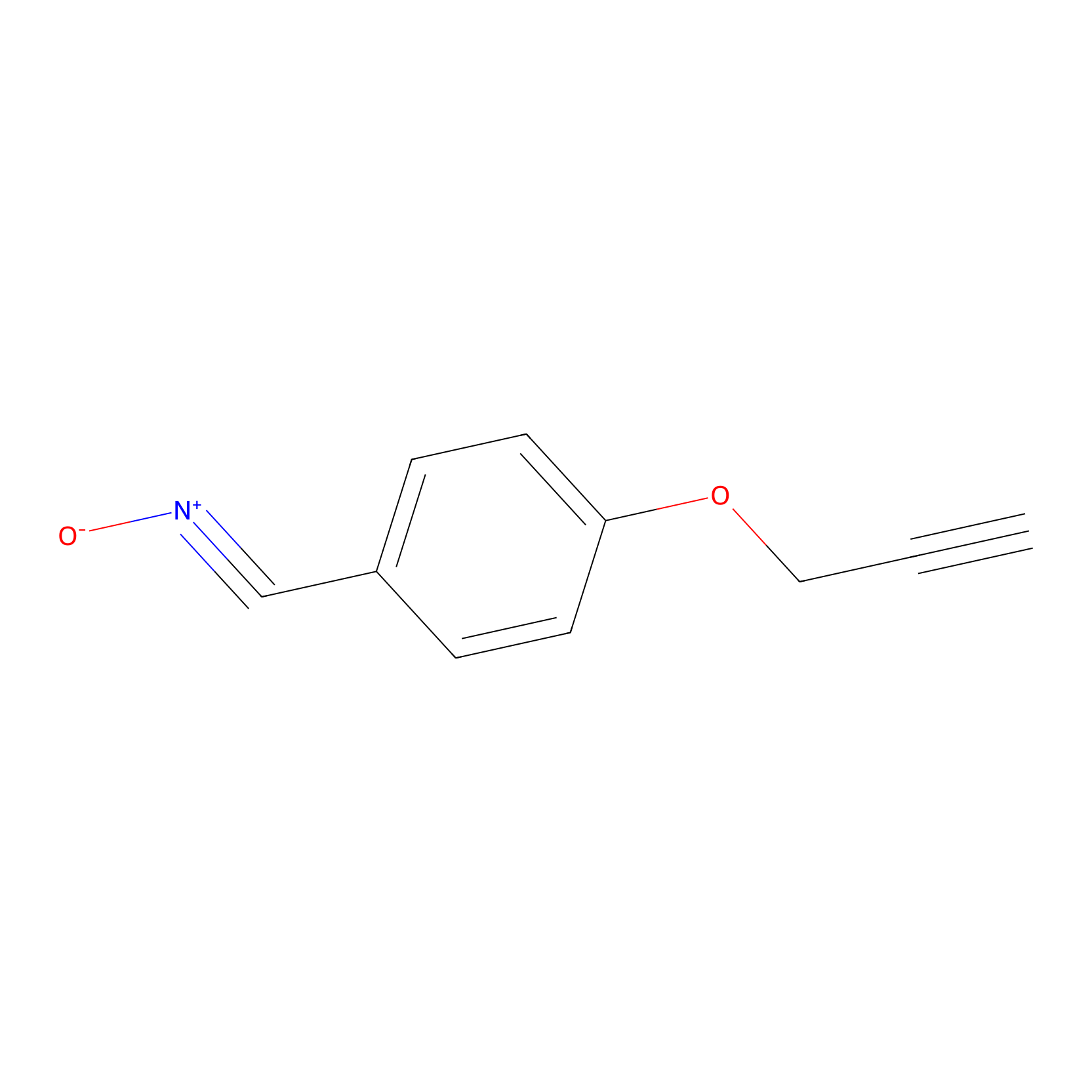Details of the Target
General Information of Target
| Target ID | LDTP16272 | |||||
|---|---|---|---|---|---|---|
| Target Name | G-protein coupled receptor 52 (GPR52) | |||||
| Gene Name | GPR52 | |||||
| Gene ID | 9293 | |||||
| Synonyms |
G-protein coupled receptor 52 |
|||||
| 3D Structure | ||||||
| Sequence |
MGEDTDTRKINHSFLRDHSYVTEADIISTVEFNHTGELLATGDKGGRVVIFQREPESKNA
PHSQGEYDVYSTFQSHEPEFDYLKSLEIEEKINKIKWLPQQNAAHSLLSTNDKTIKLWKI TERDKRPEGYNLKDEEGKLKDLSTVTSLQVPVLKPMDLMVEVSPRRIFANGHTYHINSIS VNSDCETYMSADDLRINLWHLAITDRSFNIVDIKPANMEDLTEVITASEFHPHHCNLFVY SSSKGSLRLCDMRAAALCDKHSKLFEEPEDPSNRSFFSEIISSVSDVKFSHSGRYMLTRD YLTVKVWDLNMEARPIETYQVHDYLRSKLCSLYENDCIFDKFECAWNGSDSVIMTGAYNN FFRMFDRNTKRDVTLEASRESSKPRAVLKPRRVCVGGKRRRDDISVDSLDFTKKILHTAW HPAENIIAIAATNNLYIFQDKVNSDMH |
|||||
| Target Bioclass |
GPCR
|
|||||
| Family |
G-protein coupled receptor 1 family
|
|||||
| Subcellular location |
Cell membrane
|
|||||
| Function |
Gs-coupled receptor activated by antipsychotics reserpine leading to an increase in intracellular cAMP and its internalization. May play a role in locomotor activity through modulation of dopamine, NMDA and ADORA2A-induced locomotor activity. These behavioral changes are accompanied by modulation of the dopamine receptor signaling pathway in striatum. Modulates HTT level via cAMP-dependent but PKA independent mechanisms throught activation of RAB39B that translocates HTT to the endoplasmic reticulum, thus avoiding proteasome degradation.
|
|||||
| Uniprot ID | ||||||
| Ensemble ID | ||||||
| HGNC ID | ||||||
| ChEMBL ID | ||||||
Probe(s) Labeling This Target
ABPP Probe
| Probe name | Structure | Binding Site(Ratio) | Interaction ID | Ref | |
|---|---|---|---|---|---|
|
W1 Probe Info |
 |
N.A. | LDD0236 | [1] | |
